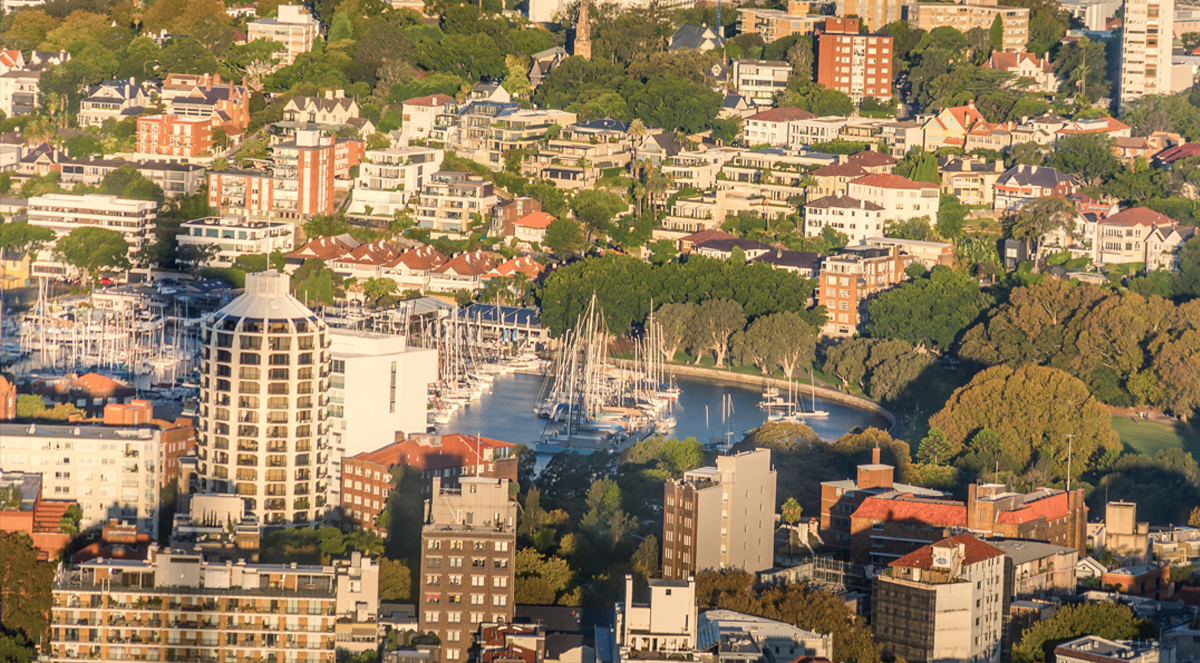
KEY POINTS
- Cotality says three of four national housing affordability indicators have reached new records, reflecting the worst buying and renting conditions on record
- Median home values have risen 47% since 2020, lifting the price-to-income ratio to 8.2 and stretching deposit-saving times to almost 12 years nationally
- A separate report from SGS Economics finds rents have plateaued in some cities only because tenants have hit their financial limits, with average earners in rental stress and key workers increasingly unable to live near essential jobs
Housing affordability has deteriorated to a new low in Australia, with three out of four national metrics used to measure it now sitting at record levels.
Cotality’s Housing Affordability Report for 2025 shows that price-to-income ratios to buy a property, the time required to save a standard deposit, and the amount of household income needed to rent a property are now at all-time highs.
The data analytics firm says these affordability challenges are likely to persist for some time.
A separate report by SGS Economics and Planning says rental affordability has stabilised for the first time in years, but warns that tenants in Perth, Brisbane and most regional areas are still facing some of the toughest conditions ever recorded.
Cotality’s Housing Affordability Report
Cotality’s latest Housing Affordability Report says three of four key national indicators (the price-to-income ratio, years required to save a deposit, and the share of income needed to rent) all hit record highs in September 2025.
The data analytics company says this signals that both buying and renting have reached unsustainable levels for many Australians.
Cotality’s Head of Research, Eliza Owen, says a number of factors over the past five years have helped drive this major deterioration in housing affordability.
“Australian home values have climbed roughly 47.3% since March 2020, an extraordinary rise that added about $280,000 to the median dwelling value,” she says.
“This surge was fuelled by pandemic-era monetary stimulus and record-low interest rates that supercharged borrowing capacity and demand, even as housing supply lagged well behind household formation.
“In short, the past five years combined extraordinary demand drivers with supply constraints, creating an extraordinary boom in both home values and rents,” she says.
With the median Australian dwelling now worth a record $860,529, Cotality says the price-to-income ratio of homes has reached a new high of 8.2.
In other words, the price of the median dwelling is now 8.2 times the average annual Australian household income of $104,390.
Affordability has deteriorated most sharply for houses, where the median house value is now 8.9 times the average income.
That’s up from 6.6 just five years ago.
In Sydney, Australia’s most expensive city, where the median property price is now 44% above the national figure, the price-to-income ratio has blown out to 10.0 and a massive 12.5 for houses.
The traditional price appeal of regional areas versus capital cities has also disappeared, with the price-to-income ratio in the regions soaring to 8.1, erasing what was once a more affordable alternative for home buyers.
Cotality also says the so-called “deposit hurdle” is now a lot higher.
It estimates the time for an average household to save a standard 20% deposit for a mortgage on a median home has jumped to more than 11 years.
In Sydney, Cotality says saving for the deposit on a house would take an average household - putting aside 15% of their pre-tax income every year - a massive 16.7 years.
The cost of servicing a new home loan remains stubbornly high, though not quite at record levels.
Despite three recent rate cuts by the Reserve Bank of Australia, the cost of paying the principal and interest on a new loan requires 45% of median household income.
Economists and social researchers usually regard households setting aside more than 30% of their pre-tax household income for housing as being in mortgage or rental “stress”.
Darwin is the most affordable of the capital cities to buy in.
The Northern Territory is also the only place in Australia where less than 30% of income is required to service a new mortgage.
At the other end of the scale is Sydney, where a massive 68.1% of average annual household income is required to service the mortgage on a free-standing median-priced house.
While the New South Wales capital is an obvious outlier, Cotality says housing affordability has deteriorated rapidly in Adelaide, Brisbane and Perth.
As the housing picture has worsened in other capitals, Melbourne has appeared to offer some hope, becoming the third most affordable capital city, thanks to a combination of lower population growth during the pandemic, heavy state taxes and relatively fast new housing completion times.
However, Cotality’s report says that in 2025, housing supply has gradually tightened in the Victorian capital, as interstate migration trends recover and home price value growth has accelerated.
“As a result,” the report says, “the time to save a deposit and dwelling value-to-income ratio metrics have started to rise again over the course of the year.”
It’s not only home buyers who are facing huge financial pressure.
Tenants are now dedicating a record 33.4% of their income to rent, significantly exceeding the 20-year average and compounding rental stress.
Cotality says rental affordability is particularly bad in Adelaide, where tenants need to set aside 36.7% of their household income, and in Regional New South Wales, where 38% of pre-tax income is needed to cover rental payments.
SGS/National Shelter/Housing All Australians report
A separate report asserts that rental affordability in Australia has stabilised for the first time in years.
However, the SGS Economics and Planning report - prepared for housing charities National Shelter and Housing All Australians - warns the rental crisis is far from over, with tenants in Perth, Brisbane and most regional areas still facing some of the toughest conditions ever recorded.
Lead author Ellen Witte says the small improvements in some capital cities reflect both a modest lift in housing supply and the simple reality that renters cannot absorb any more increases.
“We have finally seen affordability stabilise in many places after rapid declines to record low levels since 2021.”
But she cautions that this levelling-out is not a sign of genuine reprieve.
“The stabilisation may have less to do with relief and more to do with renters reaching their limit and being unable to pay more, combined with some easing of housing supply constraints.
“The exception is Perth and regional Western Australia, where rents continue to outpace wage growth,” she says.
In the nation’s least affordable markets - including Perth, Sydney, regional Queensland and regional New South Wales - even average earners are now in rental stress, spending more than 30% of their income on rent.
The SGS report also highlights a growing economic consequence of the rental crisis: key workers can no longer afford to live near the jobs and services they sustain.
Robert Pradolin, Founder and Executive Director of Housing All Australians, says the impact now extends far beyond housing.
“Housing that people can afford is critical economic infrastructure, and without it, our national prosperity and productivity are being held back,” he says.
Stay Up to Date
with the Latest Australian Property News, Insights & Education.




.png?width=292&height=292&name=Copy%20Link%20(1).png)
 SIGN UP FOR FREE NEWSLETTER
SIGN UP FOR FREE NEWSLETTER

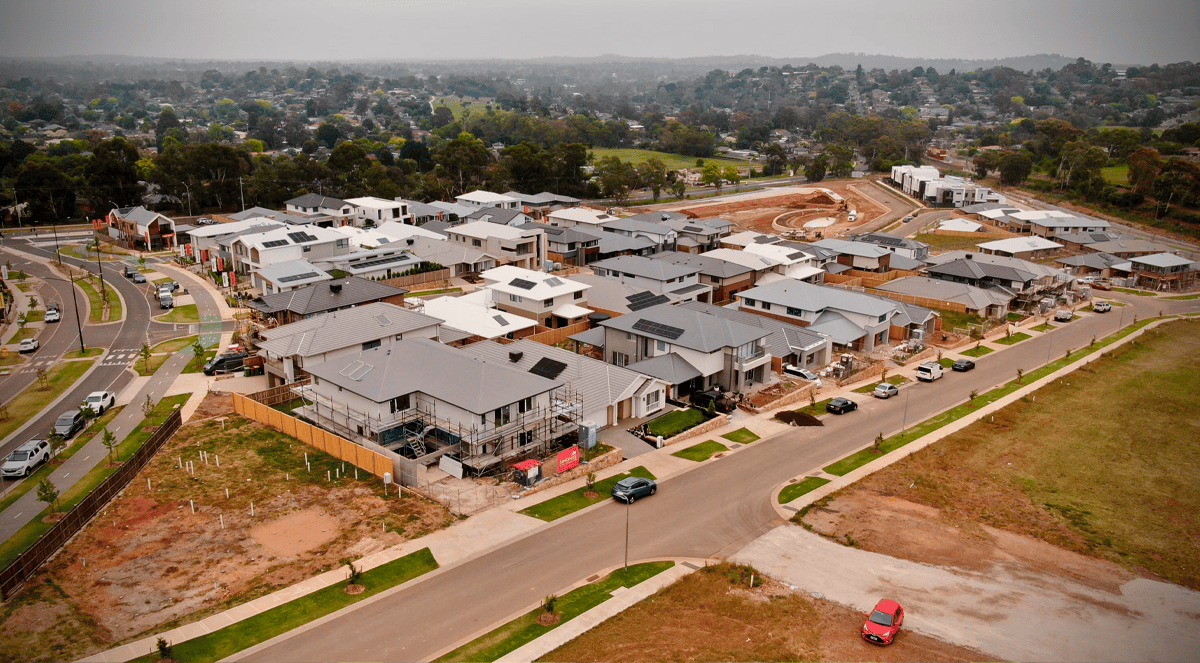
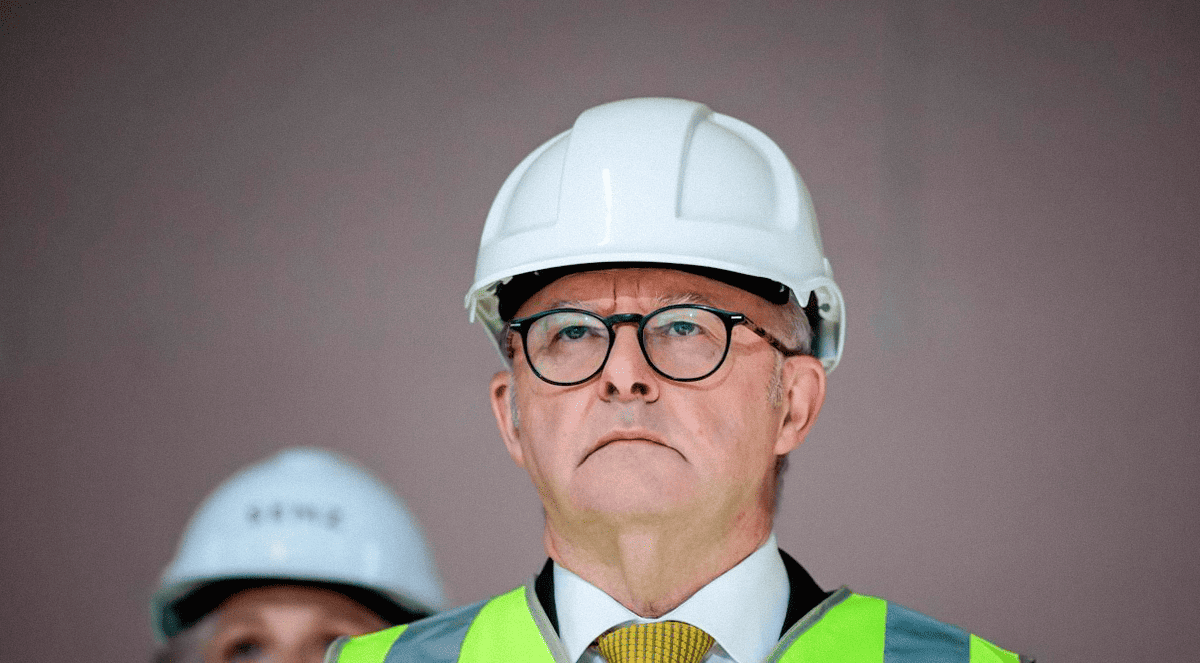
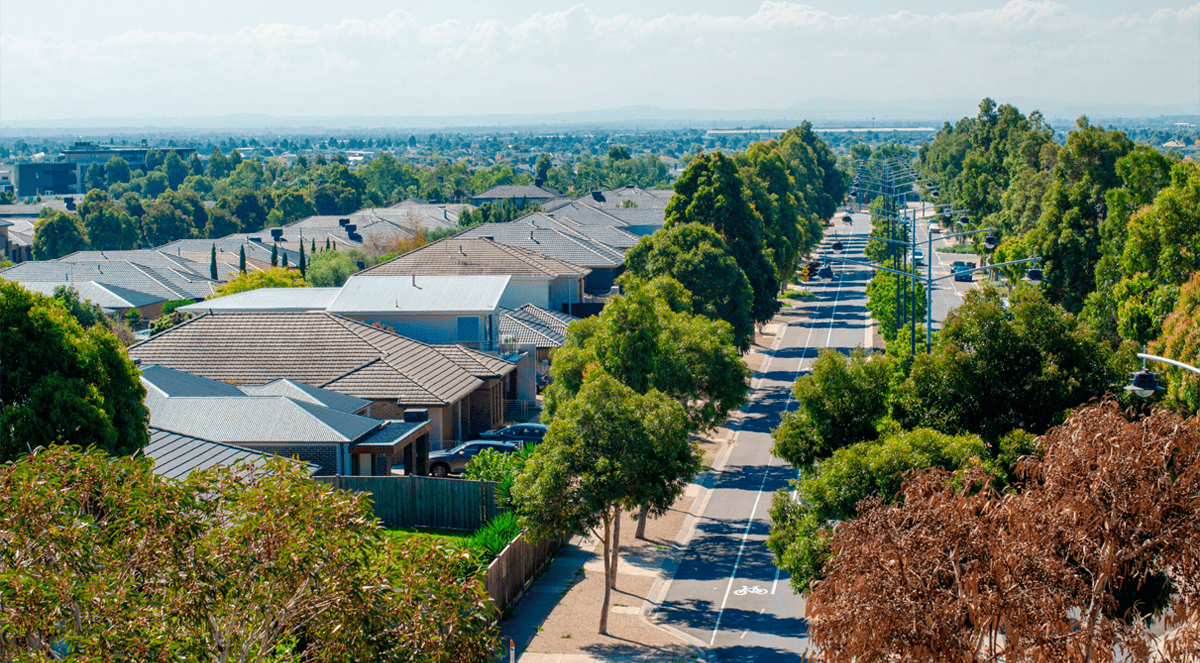
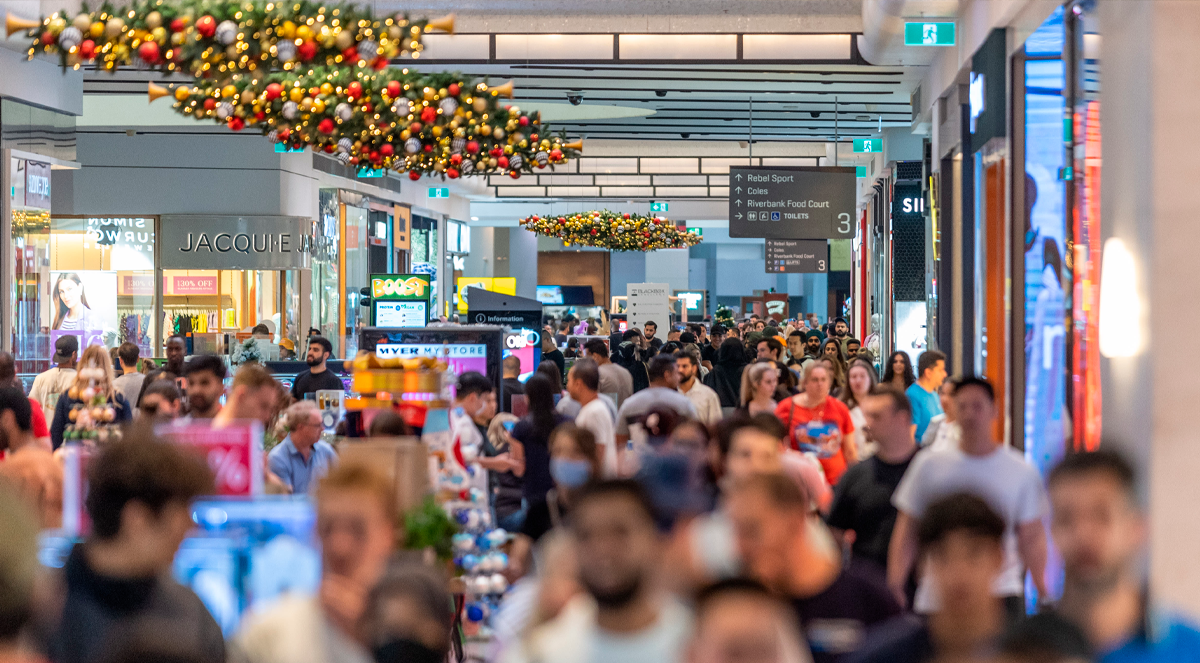
.jpg?width=1920&height=1080&name=Warning%2c%20You%20Might%20Be%20Facing%20Higher%20Taxes%20Soon%20(1).jpg)





.png?width=1920&height=1080&name=Rate%20Drops%20Signal%20BIGGEST%20Property%20Boom%20in%20DECADES%20(1).png)

.jpg?width=1920&height=1080&name=Labor%20vs%20Liberal%20These%20Housing%20Policies%20Could%20Change%20the%20Property%20Market%20Forever%20(1).jpg)
.jpg?width=1920&height=1080&name=QLD%20Slashes%20Stamp%20Duty%20Big%20News%20for%20Investors%20%26%20Home%20Buyers%20(1).jpg)
.jpg?width=1920&height=1080&name=Trump%20Just%20Slapped%20Tariffs%20%E2%80%93%20Here%E2%80%99s%20What%20It%20Means%20for%20Australia%20(1).jpg)
.jpg?width=1920&height=1080&name=Federal%20Budget%202025%20More%20Debt%2c%20No%20Housing%20%E2%80%93%20Here%E2%80%99s%20What%20You%20Need%20to%20Know%20(1).jpg)
.jpg?width=1920&height=1080&name=Australias%20Housing%20Crisis%20is%20about%20to%20get%20MUCH%20Worse%20(New%20Data%20Warns).jpg)
%20(1).jpg?width=1920&height=1080&name=Australias%20RENTAL%20CRISIS%20Hits%20ROCK%20BOTTOM!%20(2025%20Update)%20(1).jpg)
%20(1).png?width=1920&height=1080&name=Is%20Adelaide%20Still%20a%20Good%20Property%20Investment%20(2025%20UPDATE)%20(1).png)
.jpg?width=1920&height=1080&name=RBA%20Shocks%20with%20Rate%20Cuts!%20What%E2%80%99s%20Next%20for%20Property%20Investors%20(1).jpg)
%20(1).jpg?width=1920&height=1080&name=I%20Predict%20The%20Feb%20Rate%20Cut%20(My%20Price%20Growth%20Prediction)%20(1).jpg)
.png?width=1920&height=1080&name=Why%20Property%20Prices%20Will%20Rise%20in%202025%20Market%20Predictions%20(1).png)
.jpg?width=1920&height=1080&name=Why%20Investors%20Are%20Choosing%20Apartments%20Over%20Houses%202%20(1).jpg)
.jpg?width=1920&height=1080&name=Why%20Rate%20Cuts%20Will%20Trigger%20A%20Property%20Boom%20(1).jpg)
.jpg?width=1920&height=1080&name=Retire%20On%202Million%20With%20One%20Property%20(Using%20SMSF).jpg)
.jpg?width=1920&height=1080&name=4%20Reasons%20Why%20You%20Should%20Invest%20in%20Melbourne%20Now%20(1).jpg)
%20(1).jpg?width=1920&height=1080&name=Old%20Property%20vs%20New%20Property%20(Facts%20and%20Figures%20Revealed)%20(1).jpg)
%20(1).jpg?width=1920&height=1080&name=Will%20The%20New%20QLD%20Govt%20Create%20a%20Property%20Boom%20or%20Bust%20(My%20Prediction)%20(1).jpg)
%20Scott%20Kuru%20(1).jpg?width=1920&height=1080&name=Inflation%20Hits%20Three-Year%20Low%20(Will%20RBA%20Cut%20Rates%20Soon)%20Scott%20Kuru%20(1).jpg)
.jpg?width=1920&height=1080&name=How%20to%20Buy%20Investment%20Property%20Through%20SMSF_%20The%20Ultimate%20Guide%20(1).jpg)
.jpg?width=1920&height=1080&name=Victoria%20Slashes%20Stamp%20Duty%20Melbourne%20Set%20to%20Boom%20Scott%20Kuru%20(1).jpg)
.png?width=1571&height=861&name=Are%20Foreign%20Buyers%20Really%20Driving%20Up%20Australian%20Property%20Prices%20(1).png)
.jpg?width=1920&height=1080&name=The%20Single%20Factor%20That%20Predicts%20Property%20Growth%20Regions%20(1).jpg)
%20Scott%20Kuru%20(1).jpg?width=1920&height=1080&name=My%20Prediction%20On%20Rates%20%26%20Negative%20Gearing%20(Market%20Crash)%20Scott%20Kuru%20(1).jpg)

-1.png?width=1920&height=1080&name=Major%20Banks%20Cut%20Rates%20Will%20RBA%20Follow%20Suit%20(Sept%20Rate%20Update)-1.png)
%20Scott%20Kuru-1.png?width=1920&height=1080&name=Rate%20Cut%20Coming%20What%20New%20Zealands%20Move%20Means%20for%20Australia%20(Sept%20Prediction)%20Scott%20Kuru-1.png)
%20(1).jpg?width=1920&height=1080&name=Buy%20when%20the%20interest%20rates%20are%20high!%20(Why%20you%20must%20buy%20now!)%20(1).jpg)
.jpg?width=1920&height=1080&name=Carms_Revised%20Taxes%20Due%20Aug%209%20YT%20Thumbnail02%20(1).jpg)
.jpg?width=1920&height=1080&name=Carms_Too%20Little%20Too%20Late%20Aug%207%20YT%20Thumbnail01%20(1).jpg)









.jpg?width=1920&height=1080&name=Carms_Rate%20Drop%20In%20July%20Jun%2010%20YT%20Thumbnail02%20(1).jpg)
.jpg?width=1920&height=1080&name=Carms_Own%20a%20Property%20V6%20Jun%205_YT%20Thumbnail%20(1).jpg)









.png?width=1920&height=1080&name=Artboard%201%20(3).png)






.jpg?width=1920&height=1080&name=YT%20thumbnail%20%20(1).jpg)

